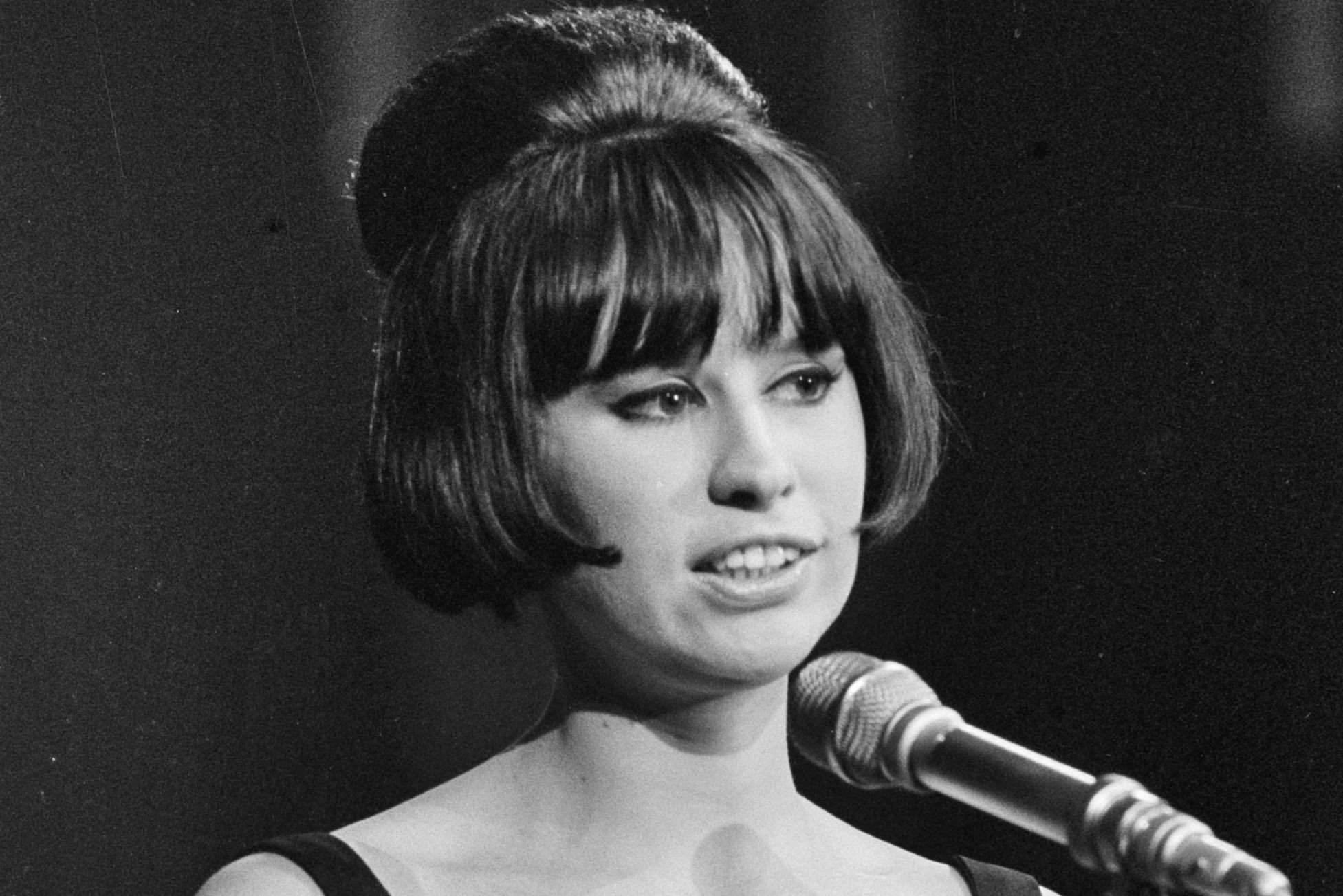Tribute to Astrud Gilberto, who popularized Bossa Nova music in the late 1950s. Learn about its history, characteristics, and famous artists.
Bossa Nova is a musical genre that originated in Brazil in the late 1950s. Its name translates to “new wave” in English, characterized by its soft, rhythmic melodies and smooth vocal harmonies. Bossa Nova has captured the hearts of music lovers worldwide for over half a century. One of the most prominent figures in the genre was Astrud Gilberto, a Brazilian singer who rose to fame in the 1960s with her hit song “The Girl from Ipanema.” Gilberto’s velvety voice and effortless style helped to popularize Bossa Nova and introduce it to a global audience.
Sadly, on June 6th, 2023, Astrud Gilberto passed away at the reported age of 83. Her granddaughter’s Instagram account confirmed the death. In this article, we will take a closer look at what Bossa Nova is, its history, and how it has influenced music beyond Brazil’s borders. Join us as we pay tribute to the iconic Astrud Gilberto and the musical legacy she leaves behind.
Origins and History of Bossa Nova
Bossa Nova originated in Brazil in the late 1950s. It was a fusion of samba, jazz, and other traditional Brazilian rhythms, and it quickly became popular among young musicians in Rio de Janeiro. The genre was characterized by its soft, rhythmic melodies and smooth vocal harmonies, and it was often performed in small, intimate clubs.
One of the most influential figures in the early days of Bossa Nova was João Gilberto, a Brazilian guitarist and singer often referred to as the “father of Bossa Nova.” Gilberto’s minimalist style and use of complex harmonies helped to define the sound of the genre, and his recordings of songs like “Chega de Saudade” and “Desafinado” became instant classics.
By the early 1960s, Bossa Nova had become a global phenomenon, and its influence could be heard in music from around the world. The genre’s popularity was fueled in part by the success of artists like Astrud Gilberto, who helped to bring Bossa Nova to a broader audience.
RELATED: The Ultimate Guide To The Best Music Streaming Services For Audiophiles! (2023)
Characteristics of Bossa Nova music
Bossa Nova is characterized by its soft, rhythmic melodies and smooth vocal harmonies. The music is often played on acoustic guitars and features complex harmonies and subtle rhythms. Bossa Nova songs are typically sung in Portuguese, although some artists have recorded English-language versions of their songs.
One of the defining features of Bossa Nova is its use of syncopation, which refers to the placement of accents on off-beats. This gives Bossa Nova its distinctive, relaxed feel and helps create the genre’s signature groove.
Another important element of Bossa Nova is its use of improvisation. Musicians are encouraged to experiment with melodies and harmonies, and to create their own interpretations of classic Bossa Nova songs.
Bossa Nova’s influence on Brazilian culture
Bossa Nova has profoundly impacted Brazilian culture, shaping the country’s music, art, and fashion. The genre emerged during a time of significant social and political change in Brazil, and young people embraced it as a symbol of a new, modern Brazil.
Bossa Nova also helped to break down racial and social barriers in Brazil. The genre was popular among black and white audiences and helped promote a sense of unity and national identity.
Today, Bossa Nova remains an important part of Brazil’s cultural heritage, inspiring new generations of musicians and artists.

Famous artists and songs in the Bossa Nova genre
Bossa Nova has produced many great artists and songs over the years. Some famous Bossa Nova musicians include João Gilberto, Antonio Carlos Jobim, and Astrud Gilberto.
João Gilberto’s recording of “Chega de Saudade” is often cited as the first Bossa Nova song, and it helped to launch the genre’s popularity in Brazil. Other classic Bossa Nova songs include “Desafinado,” “Corcovado,” and “The Girl from Ipanema,” which was made famous by Astrud Gilberto’s recording in 1964.
Astrud Gilberto’s contribution to Bossa Nova
Astrud Gilberto was one of the most important and influential artists in the Bossa Nova genre. Her smooth, velvety voice and effortless style helped to popularize Bossa Nova and introduce it to a global audience.
Gilberto rose to fame in the 1960s with her recording of “The Girl from Ipanema,” which became an international hit and helped to establish her as one of the leading voices of Bossa Nova. She went on to record many other classic Bossa Nova songs, including “Agua de Beber,” “Corcovado,” and “Dindi.”
Gilberto’s music helped to bring Bossa Nova to a wider audience, and her recordings continue to be celebrated today as some of the most iconic and influential in the genre’s history.
The resurgence of Bossa Nova in modern music
While Bossa Nova was most popular in the 1960s, the genre has seen a resurgence in recent years. Many modern artists have been inspired by the smooth, rhythmic melodies and subtle harmonies of Bossa Nova, and they have incorporated these elements into their own music.
One of the most notable examples is the British band, Everything But The Girl. The group’s 1984 album, “Eden,” featured several Bossa Nova-inspired songs, including the song “Each and Everyone.”
Other modern artists who Bossa Nova has influenced include Bebel Gilberto (Astrud Gilberto’s daughter), Thievery Corporation, and Sergio Mendes.
How to appreciate Bossa Nova music
To fully appreciate Bossa Nova music, it’s essential to understand the genre’s history and cultural significance. Listening to classic recordings by artists like João Gilberto, Antonio Carlos Jobim, and Astrud Gilberto is a great way to get started.
It’s also important to listen to the music with an open mind and a willingness to explore new sounds and rhythms. Bossa Nova is a subtle genre, and it can take time to appreciate its nuances and intricacies fully.
Attending Bossa Nova events, festivals, and tours is another excellent way to experience the genre live and connect with other fans of the music.
Bossa Nova events, festivals, and tours
Many great Bossa Nova events, festivals, and tours are held worldwide each year. Some of the most popular include the Rio de Janeiro Jazz Festival, the Bossa Nova Festival in New York City, and the Bossa Nova & Jazz Festival in Tokyo.
Attending these events is a great way to experience the music live and connect with other fans of the genre. Many of these events also feature workshops, masterclasses, and other educational opportunities for musicians and music lovers.
Conclusion: Why Bossa Nova remains a timeless genre
Bossa Nova is a timeless genre that has captured the hearts of music lovers worldwide for over half a century. Its soft, rhythmic melodies and smooth vocal harmonies continue to inspire new generations of musicians and fans, and its influence can be heard in music from around the world.
The genre’s enduring popularity is a testament to its beauty, complexity, and cultural significance. As we mourn the loss of Astrud Gilberto, let us remember the legacy she leaves behind and continue to celebrate the music she helped to popularize. Bossa Nova will always be a cherished part of Brazil’s cultural heritage and will continue to inspire and delight music lovers for generations to come.
Hifitrends is reader-supported. We may earn an affiliate commission when you purchase through links on our site. Prices are subject to change at any time.


Leave a Reply